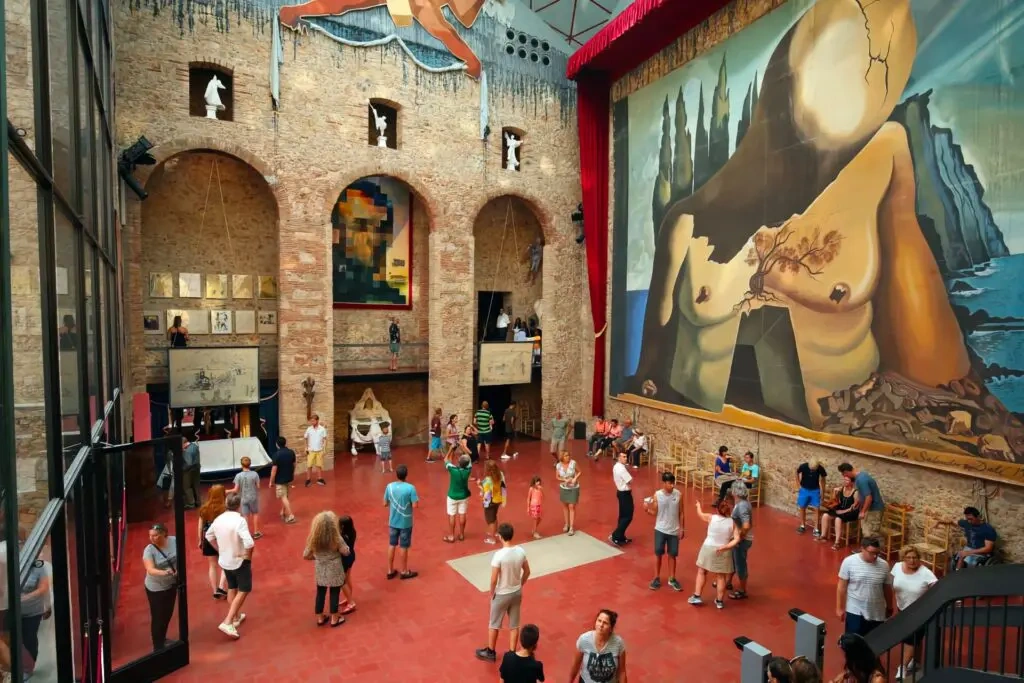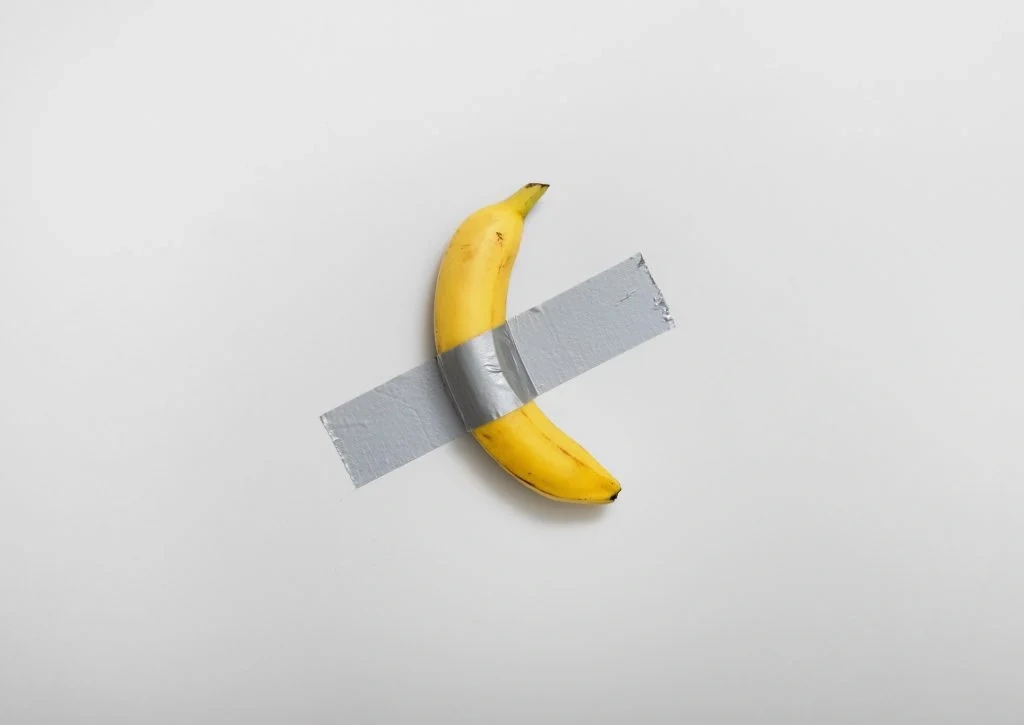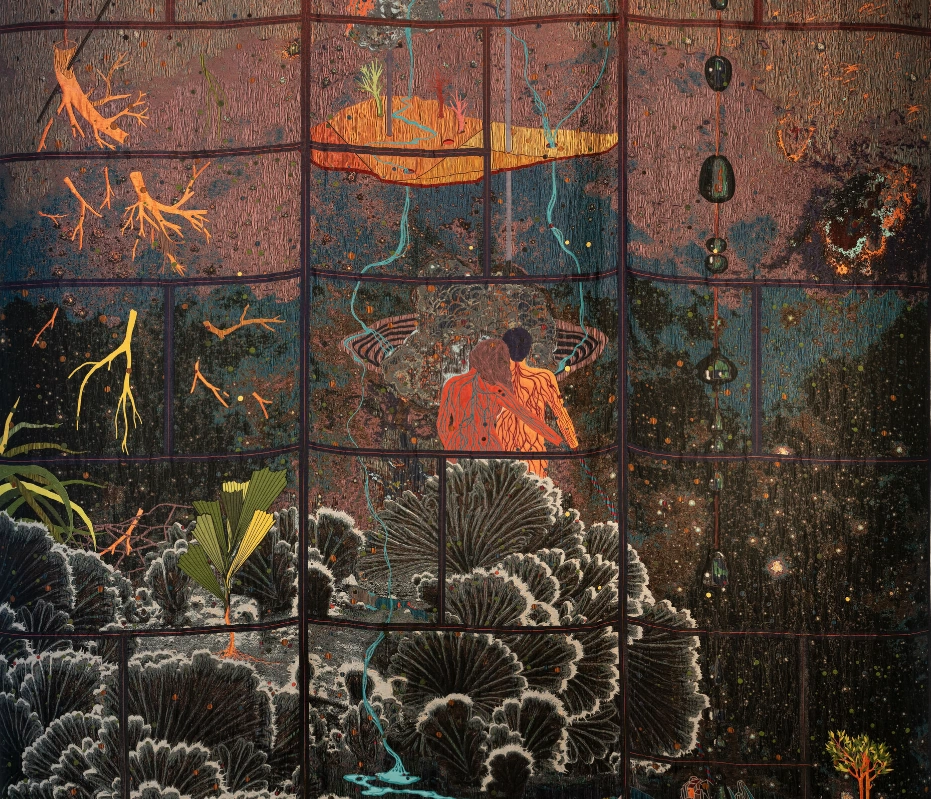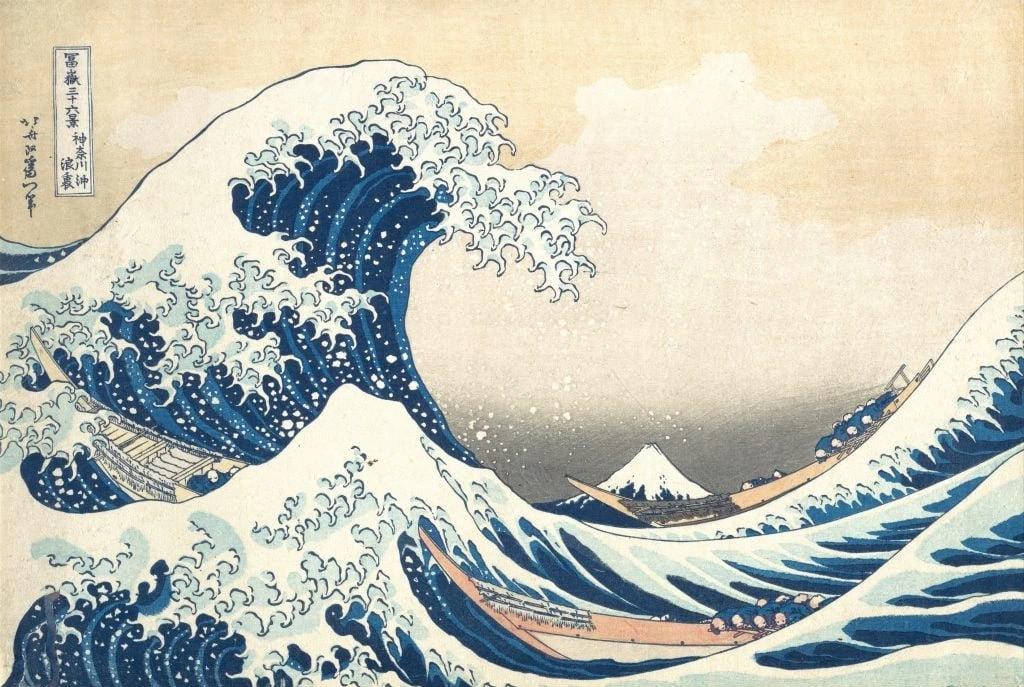Aindrea Emelife is a 28-year-old independent curator, art critic, art historian and writer from London. Here, she shares her 10 rules for art: how we make it, see it and think about it and, most importantly, what it can teach us if we question what we know about it.

1, The future is not forever
Art is a mirror: It should be about the world we live in and prescribe an ideal for an ever-changing future. History is accelerating. The power of art hasn’t fully explored yet. Let’s set down the paving stones for change.
2, Art holds the truth to power and justice
Art transports us to other worlds, histories and viewpoints to better understand the world we live in now. Culture shapes humanity and helps us understand our own subjectivity. Art can be activism, but activism is not scary — we all stand up for what we believe in. We must stop seeing activists as antagonists.
3, Art is a battle cry
Let public art be our Roman forum: a site to gather, share ideas, express creativity and tell stories in. Connection is at the core of what it means to be human. Public art must be stealthy, it must shapeshift and evolve. Art that we see every day must have living value. Art leads to empathy, and empathy leads to justice.
4, Art is a sanctuary
Art is a cosy bed. A warm hug. It can heal. We should retreat into it. It can allow us to grieve — it soothes and gives hope. It is a solace and a universal diversion. Art lives beyond the museum. Street art and murals are passion in spray paint. It is an exercise of love or grief. It says “Creativity lives in this place.” It is intimate and worthy.
5, Austerity needs art
Austerity needs color, life and beauty. It needs questions, more than answers. It need ideas. Ideas are enrichment. We must be culture-rich. Make it rain with culture. Immerse ourselves neck-high with concepts of a better world; let the stories of all be heard. This will help us understand others and ourselves.
6, Black art is valuable
Decolonize the museum. Eek! Scary word. “Decolonize” means de-centering the current Eurocentric view in order to include narratives of the perceived “Other” and dismantling the idea of the Western perspective as standard. It is NOT censorship of removal: it is adding in what should always have been include. Why was Black art history forgotten? How do we ensure its legacy and scholarship? Where were all the Black art curators? (*wave*) How can Black subjectivity be articulated, expressed and signified outside of the frame of the white gaze?
7, Art regains its power as part of public debate, not just decoration
Art lives and breathes when it reaches everyone. People say art is an ivory tower. Once it leaves that tower, it can galvanize action. When unleashed by the shackles of perceived “good taste”, art can lead to new ways of thinking and start a revolution of the mind. Isn’t that what art was supposed to do anyway?
8, We all deserve art
Who gets to see art? Who receives its impact? If art is supposed to rouse, move and jolt us out of complacency, who needs art’s almighty push? Who gets to interact with these potent messages that can influence a better society? The answer should be: all of us. Art must be within reach.
9, How we tell stories matters
What stories get told? Who gets to tell them? Who needs to hear them? Why did we forget them? These stories of politics then and now should be told with sensitivity and nuance. We must integrate diverse voices within wider artistic discourses. Forget a seat at the table, let’s redesign the table.
10, Art challenges convention
Don’t dumb it down, dummies. Art goes beyond language barriers. It’s that unpacking of subjective creation that fosters curiousity. Art should move us into self-interrogation, joy and learning. We must question, understand and question again. Daily. Let art be that spark for curious minds.
Aindrea Emelife is a 28-year-old curator, critic, art historian and presenter from London. She is working on her first two books A Little History of Protest Art, and How Art Can Change The World: A Manifesto, as well as writing and filming her first art documentary. She has also written for the Financial Times, the Guardian, Vanity Fair, the Telegraph and Frieze, among others. She is also dedicated to public speaking, usually pertaining to discussions of contemporary art, popularizing and diversifying art history, and championing women, Black artists, and artists of color. Her exhibitions include: Black Faces / White Spaces: Invisibility and Hypervisibility, in Dallas October 2021 and exhibitions in London, Athens, New York and Venice planned for this year. In 2021, Aindrea was featured in Forbes’ 30 Under 30 List and appointed to the Mayor of London’s Commission for Diversity in the Public Realm.
Source: WePresent







